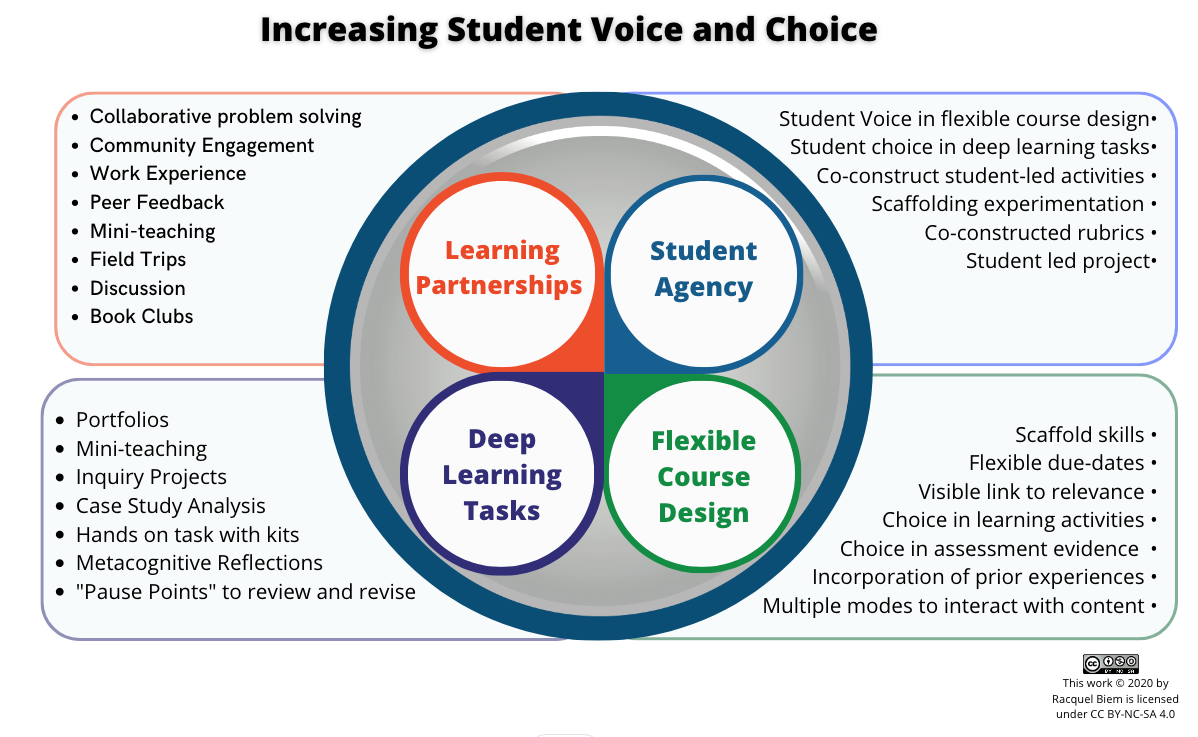Bridge-in / Intro: Setting the Scene for Active Learning (Part I: An analogy)
 This post builds on Carolyn’s analogy that the bridge-in of a lesson may be compared to the opening scenes of a movie, in which purpose, topics, or general story are introduced. Music is a well-known cue in film: think of any movie and the music that accompanied the opening scenes of the story. An example that springs to mind immediately is the movie, Footloose (1984). The opening credits of the film are iconic with wide-angle shots of feet dancing along to the upbeat music. In the story, Kevin Bacon, the main character and protagonist, challenges a ban on dancing in an extremely religious and rural town. The opening scene and music of lyrics of Footloose play an important role in establishing tone and what viewers might further expect from the story.
This post builds on Carolyn’s analogy that the bridge-in of a lesson may be compared to the opening scenes of a movie, in which purpose, topics, or general story are introduced. Music is a well-known cue in film: think of any movie and the music that accompanied the opening scenes of the story. An example that springs to mind immediately is the movie, Footloose (1984). The opening credits of the film are iconic with wide-angle shots of feet dancing along to the upbeat music. In the story, Kevin Bacon, the main character and protagonist, challenges a ban on dancing in an extremely religious and rural town. The opening scene and music of lyrics of Footloose play an important role in establishing tone and what viewers might further expect from the story.
To me, the bridge-in is particularly important because it sets the tone and initial learning environment for students, similar to the opening scenes of Footloose. I have learned if students are passively engaged during the bridge-in, they often expect to continue this behaviour throughout the remainder of the lesson. Instead, I’d rather set the expectation, right from the opening scene, that students have an active role to play.
In my next post, I’ll discuss a method that has helped me to plan and facilitate more active learning as part of the bridge-in.

